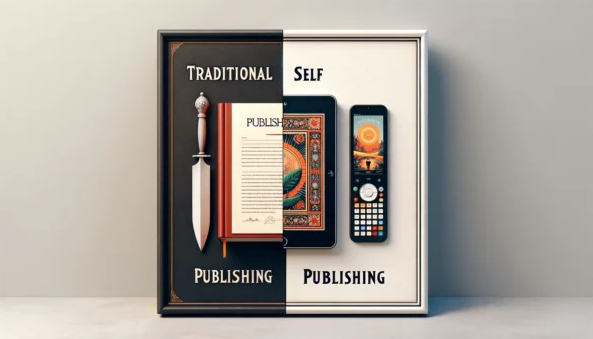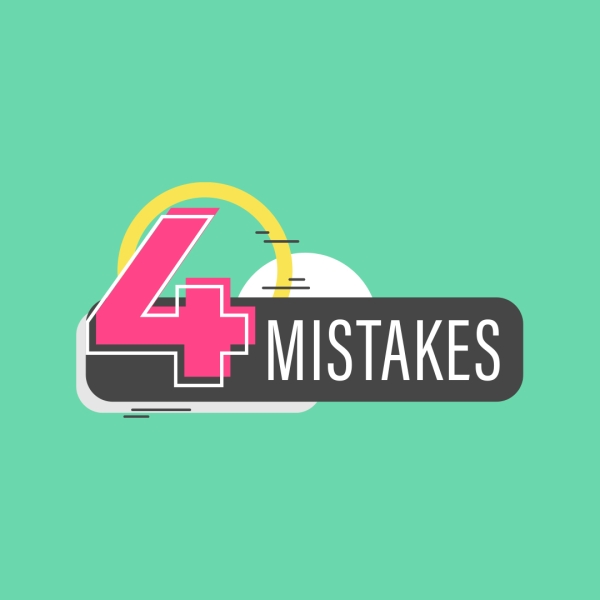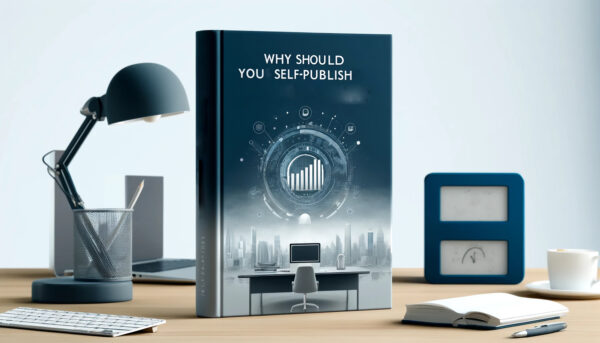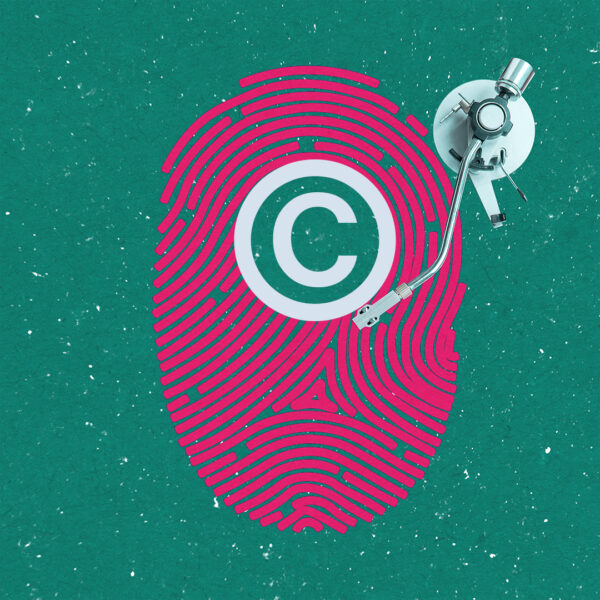The publishing world has long been a realm of mystique and allure, a dream destination for writers aspiring to share their stories with the world.
Yet, as the literary landscape evolves with technology and changing market dynamics, the paths to publishing one’s work have diversified, leading to a crucial crossroads for aspiring authors: self publishing vs traditional publishing.
In this comprehensive exploration, we delve into the intricacies of both paths, demystifying the pros and cons of self-publishing and traditional publishing.
This article aims to guide authors through the complexities encountered when you self publish, and also when you use a publishing company, providing insight into the unique challenges and rewards they present.

Self Publishing vs Traditional Publishing: An Overview
The Role of the Author in Self-Publishing
Self-publishing involves the author assuming the role traditionally held by publishers. To self publish means the author is not only responsible for writing the book but also manages every aspect of the publishing process, from editing and cover design to formatting the book.
The Investment in Self-Publishing
While self-publishing offers complete creative control over every element of the book, it also requires a significant investment of both time and money. Authors that self publish are responsible for either personally handling or outsourcing aspects such as production and other marketing costs, often necessitating a substantial financial commitment.
Start Your Publishing Journey FOR FREEExploring Traditional Publishing
The Role of the Publishing House
In traditional publishing, the author collaborates with a publishing house. In this partnership, the publisher assumes the responsibility and financial risk involved in producing, marketing, and distributing the book.
The publisher leverages its resources and expertise to manage these aspects, which can be a significant advantage for authors.
Financial and Creative Aspects
Traditional publishing often means the author will receive professional support in editing, design, and marketing, which can contribute to wider distribution and recognition of the book.
However, this route typically offers lower royalties per book compared to self-publishing and may involve relinquishing some creative control over the final product.
Key Differences Between Self Publishing vs Traditional Publishing
The primary distinctions between self-publishing and traditional publishing lie in the degree of control the author retains, the time and monetary investment required, and the potential financial returns. The choice largely depends on the author’s personal goals, resources, and preferences for creative control and professional support.
Brief Historical Context
The history of publishing has always been one of change and evolution. Traditional publishing, with its roots in the printing press era, dominated for centuries as the primary means of disseminating written works.
This model relied heavily on a selective, often gatekeeping system where publishing companies and houses acted as the primary arbiters of what literature reached the public.
Self-publishing, while not a new concept (with historical figures like Mark Twain and Jane Austen having self-published works), has significantly evolved with the advent of the digital age.
The rise of the internet and print-on-demand technology in the late 20th and early 21st centuries dramatically lowered the barriers to entry indie publishing, allowing more authors to self publish their work without the need for a traditional publisher.
Present-Day Context and Relevance
In today’s digital-centric world, the landscape of publishing is more diverse and accessible than ever. Self-publishing has surged in popularity, empowered by platforms like Amazon’s Kindle Direct Publishing, which offer authors a direct and relatively easy path to reach audiences worldwide.
This democratization of publishing has led to a significant increase in the volume of books being published outside traditional channels.
Traditional publishing, while still a coveted path for its prestige and comprehensive support system, faces challenges in adapting to the rapidly changing landscape. The balance of power is gradually shifting, with authors now having more options and leverage than in the past.
This evolution has made the publishing journey more complex but also more exciting, as authors now have the opportunity to choose a path that best suits their individual needs, ambitions, and creative visions.

What is Self-Publishing?
Self-publishing is a route where authors independently publish their work without the involvement of an established traditional publishing house.
In this model, the author is responsible for the entire process of self publishing, including writing, editing, designing, formatting, distributing, and marketing their book.
This approach has become increasingly accessible thanks to advancements in digital publishing and print-on-demand technologies.
When self publishing, it allows authors to self publish their work in various formats, including eBooks, paperbacks, and audiobooks, primarily through online platforms.
Self-publishing empowers authors with complete control over every aspect of their book, from the content and cover design to the pricing and sales strategy.
This method of independent publishing often bypasses the traditional gatekeepers of the literary world, providing a platform for voices and stories that might not fit the commercial criteria of a publishing house.
Start Your Publishing Journey FOR FREEAdvantages of Self-Publishing
One of the most significant advantages of self-publishing is the level of creative control it offers. Authors have the final say in all aspects of their book, from the editorial content to the cover design, ensuring their vision is fully realized without compromise.
This freedom extends to publishing timelines, as self publishing allows authors to bring their work to the market faster than the traditional publishing route typically permits.
Financially, self-publishing can be more lucrative in terms of royalties. Publishers offer royalties typically ranging from 10% to 15% of the book’s sales, whereas self-publishing platforms often provide much higher percentages, sometimes up to 70%.
This higher royalty rate means that with self publishing, indie authors can potentially earn more per book sold, although this is contingent on the book’s sales volume.
Another advantage of self publishing is the flexibility in pricing and distribution. Self-published authors can adjust the price of their books in response to market demands and promotional strategies, a level of agility not always possible in traditional publishing.
Furthermore, the global reach of online distribution platforms means that many self published authors own-published books can easily reach international audiences.

Challenges of Self-Publishing
However, self-publishing also presents significant challenges, primarily around the demands placed on the author beyond writing.
Without the support of a traditional publisher, authors must either develop skills in areas like editing, design, and marketing or outsource these tasks, often at a considerable cost.
Marketing and visibility are particularly challenging with self publishing. Unlike ordinary publishers, who have established networks and resources for book promotion, self-published authors must navigate the complexities of marketing their books in a highly saturated market.
This requires skills in social media marketing, building an online presence, and often, considerable time and financial investment.
Distribution can also be a hurdle. While digital platforms offer wide accessibility, getting physical books into brick-and-mortar stores is often more challenging without the backing of a traditional publisher.
Furthermore, for an author to successfully self publish, they must be responsible for managing inventory, fulfilling orders, and handling customer service, adding to the complexity of the distribution process.
Despite these challenges, self-publishing remains an attractive and viable option for many authors, offering unprecedented control and the potential for higher financial returns.
Revolutionizing Self-Publishing with Technology: The Role of AI
Embracing AI in Self-Publishing: The Spines Advantage
In today’s digital era, technology, particularly Artificial Intelligence (AI), is revolutionizing the way authors self-publish. Innovations in AI have given birth to platforms like Spines, which streamline and simplify the self-publishing process, making it more accessible, efficient, and cost-effective than ever before.
Utilizing the power of AI, Spines offers a comprehensive suite of services that cover the entire publishing process. This includes:
- AI-Driven Editing and Proofreading: Spines’ advanced algorithms provide thorough editing and proofreading services, ensuring high-quality content with minimal human intervention.
- Intelligent Formatting and Design: The platform uses AI to format manuscripts and create visually appealing cover designs, tailored to the book’s genre and author’s preferences.
- Efficient Audiobook Generation: Leveraging AI, Spines transforms written content into engaging audiobooks, expanding the book’s reach to a wider audience.
- Streamlined Distribution: Spines guarantees extensive reach by distributing books across over 100 channels, including major online bookstores and libraries.
Spines is now offering FREE access to its innovative platform! Dive into the world of self-publishing with ease and creativity. Utilize our state-of-the-art Cover Design Tool and safeguard your work with our robust Copyright Protection Tool, among many other features.
📚 Start your publishing journey today! Click here to explore Spines: Start For Free
Benefits of Using AI in Self-Publishing
- Ease and Convenience: AI simplifies complex tasks like editing and design, making the publishing process smoother for authors.
- Speed and Efficiency: With AI, tasks that once took weeks can be completed in a fraction of the time.
- Cost-Effectiveness: Spines reduces the need for multiple service providers, significantly lowering the costs of self-publishing.
- Quality and Precision: AI’s accuracy in editing and formatting ensures a professional end product.

What is Traditional Publishing?
Traditional publishing refers to the conventional method of getting a book published, where an author partners with an established publishing house.
With traditionally published authors, the publisher purchases the rights to the author’s book and takes on the responsibility of editing, designing, printing, marketing, distributing, and selling the book.
The process typically begins with the author submitting a manuscript or book proposal to the publisher or through a literary agent who acts as an intermediary.
Once a publisher accepts a manuscript, it undergoes a rigorous process of development, including professional editing, cover design, typesetting, and proofreading.
The publisher also handles the logistics of printing and distribution, ensuring the book is available in both physical and digital formats.
Marketing efforts are managed by the publisher, who utilizes their resources and industry connections to promote the book.
Traditional publishing is often seen as a mark of prestige and legitimacy, as it involves a selective process where publishers choose manuscripts they believe have commercial potential and align with their publishing goals.
Advantages of Traditional Publishing
One of the primary advantages of traditional publishing is the comprehensive professional support provided by the publisher.
This includes expert editing, which can significantly enhance the quality of the manuscript, and professional cover design and book layout, ensuring the book meets industry standards and appeals to readers.
Distribution is another significant advantage. Publishers have established relationships with booksellers and access to extensive print distribution networks, enabling wider reach and availability of the book in various markets, including international ones.
Marketing and promotional support provided by publishers can also be a crucial advantage. Publishers often have dedicated marketing teams and budgets to promote books through various channels, including media appearances, book tours, and advertising. This level of exposure is typically challenging to achieve through self-publishing.
In addition, traditional publishing offers authors an advance against royalties, providing financial support during the writing and publication process.
Challenges of Traditional Publishing
However, traditional publishing also comes with its set of challenges. One of the most significant is the loss of creative control. Authors may have limited say in various aspects of the publishing process, including book cover design, final edits, and marketing strategy.
This can be a source of frustration for authors who have a specific vision for their work.
Royalties in traditional publishing are generally lower than in self-publishing. Authors typically receive a percentage of the book’s sales, which can be modest, especially after the publisher recovers the advance.
The process of getting a book accepted by a traditional publisher can be lengthy and challenging. It often involves sending queries to multiple agents or publishers and facing possible rejections.
Even after acceptance, the publication process can take a significant amount of time, sometimes years.
Furthermore, traditional publishers tend to focus on market trends and commercial viability, which can limit opportunities for niche or unconventional topics.
Authors with unique or experimental works might find it more challenging than traditional authors to secure a publishing deal.
Despite these challenges, traditional publishing remains a highly sought-after path for many authors. It offers a level of validation, professional support, and market access that can be instrumental in building a successful literary career.
Start Your Publishing Journey FOR FREERole of Traditional Publishers in the Industry
Traditional publishers play a pivotal role in the literary industry, acting as gatekeepers and curators of the written word. They bring expertise, resources, and a reputation that can significantly influence a book’s success.
Publishers are responsible for identifying potential in manuscripts, transforming them into polished books, and ensuring they reach the intended audience.
This involves a multifaceted production process, encompassing editing, design, production, marketing, and distribution.
A traditional publisher’s role extends beyond mere production. They also navigate market trends, understanding reader preferences and demands to make informed decisions about which books to publish.
Their established relationships with retailers, media, and literary circles allow them to position books in a competitive marketplace effectively.
Additionally, traditional publishers often advocate for authors, securing rights and negotiating deals that can include translations, audiobooks, and even adaptations for film or television.
How Traditional Publishers Select Manuscripts
The manuscript selection process by traditional publishers is both rigorous and subjective. It begins with a manuscript submission, often facilitated by a literary agent.
Editors at publishing houses review submissions, looking for compelling narratives, unique perspectives, and market potential.
They consider various factors, including the quality of writing, originality of the story or concept, the author’s platform or marketability, and current market trends.
Many publishers also specialize in specific genres or types of literature, which influences their selection process. They seek manuscripts that align with their publishing history and audience expectations.
The process is highly competitive, with publishers often receiving thousands of submissions, selecting only a handful for publication. This selectivity ensures that the books they choose to invest in have a higher chance of commercial success.
The Relationship Between Authors and Traditional Publishers
The relationship between authors and traditional publishers is a collaborative and often complex one. It is built on a foundation of mutual interest—the author wants to see their book succeed, and the publisher wants to publish a profitable book. This partnership involves negotiations over rights, royalties, and creative decisions.
Once a contract is signed, the publisher works closely with the author to refine the manuscript. This process can involve extensive edits and revisions, where the author’s vision is balanced with the publisher’s market expertise.
The publisher also guides the author through the stages of production, marketing, and distribution of published books, offering professional advice and support.
Effective communication and trust are key in this relationship. While the publisher has the industry knowledge and resources, the author brings the creative content that drives the book.
A successful partnership leverages these strengths, leading to a product that satisfies both the artistic aspirations of the author and the commercial goals of the publisher.
Navigating a Traditional Publishing Deal
Securing a traditional publishing deal typically involves a series of well-planned steps. The journey begins with the completion of a manuscript that is polished and ready for presentation.
Authors must ensure their work is the best possible version of their vision, often after several rounds of revisions and, if possible, professional editing.
The next critical step is crafting a compelling query letter and a book proposal if non-fiction. This letter should succinctly pitch the book to a literary agent or publisher, highlighting its unique aspects and potential market appeal.
For fiction authors, a complete manuscript is usually required, whereas non-fiction authors may only need a detailed proposal and sample chapters.
Finding the right literary agent is often a key step in the traditional publishing process. Agents act as intermediaries between authors and publishers, using their industry knowledge and connections to place your manuscript with a suitable publisher. Authors should research agents and hire professionals who have experience and success in their genre.
Submission of the manuscript or proposal follows, adhering to the submission guidelines of agents or publishers.
This stage requires patience, as responses can take several months. If an agent or publisher expresses interest, they will likely request the full manuscript for review.
Key Components of a Traditional Publishing Contract
A traditional publishing contract is a legally binding agreement that outlines the rights and responsibilities of both the publisher and the author. Key components of traditional deal between publishing companies and professionals include:
Rights and Licensing
This section details the rights being sold (e.g., print, digital, international, film) and for how long.
Advances and Royalties
This covers the advance payment against future royalties, how royalties are calculated, and the rates for different types of book sales (e.g., hardcover, paperback, eBook).
Delivery and Acceptance of Manuscript
This specifies the timeline and conditions for delivering the final manuscript and conditions under which the publisher can reject it.
Marketing and Promotion
Outlines the publisher’s obligations regarding marketing and promotion efforts and the author’s role in these activities.
Publication Date
Specifies the timeline for the book deal and when the book will be published.
Author Copies
Indicates the number of free copies the author will receive.
Subsidiary Rights
Covers the handling of secondary rights like foreign language editions, audiobooks, or movie deals.
Negotiating Tips and Pitfalls to Avoid
When negotiating a publishing contract with a traditional publishing house, authors should be well-informed and, if possible, consult with a literary agent or a lawyer specializing in intellectual property rights. It’s crucial to understand every aspect of the contract and clarify any ambiguous terms.
Authors should negotiate the best possible terms for advances and royalties. While it’s tempting to focus on the advance, pay attention to royalty rates, as they dictate long-term earnings.
Be aware of the commitment regarding the delivery of the manuscript. Ensure the timeline is realistic and understand the implications if the manuscript isn’t accepted.
Discuss the book marketing, and promotion plans; know what the publisher will do and what’s expected from you.
A common pitfall is not reading the fine print regarding rights reversion. This dictates the conditions under which rights to the book revert back to the author if it goes out of print. Also, be wary of clauses that tie you to the publisher for future works.
Conclusion
Self-publishing offers greater creative control and potentially higher royalties, but demands significant personal investment in marketing and distribution.
Traditional publishing provides professional editing, marketing, and a broader distribution network, yet often involves lower royalties and less creative control.
The decision between these paths is deeply personal and reflective of an author’s individual goals, resources, and vision.
As the publishing industry continues to evolve, it offers more opportunities and flexibility than ever before. Authors embarking on their publishing journey should consider their options carefully, understanding that each choice shapes not only the journey of their book but also their journey as storytellers.
Start Your Publishing Journey FOR FREE






